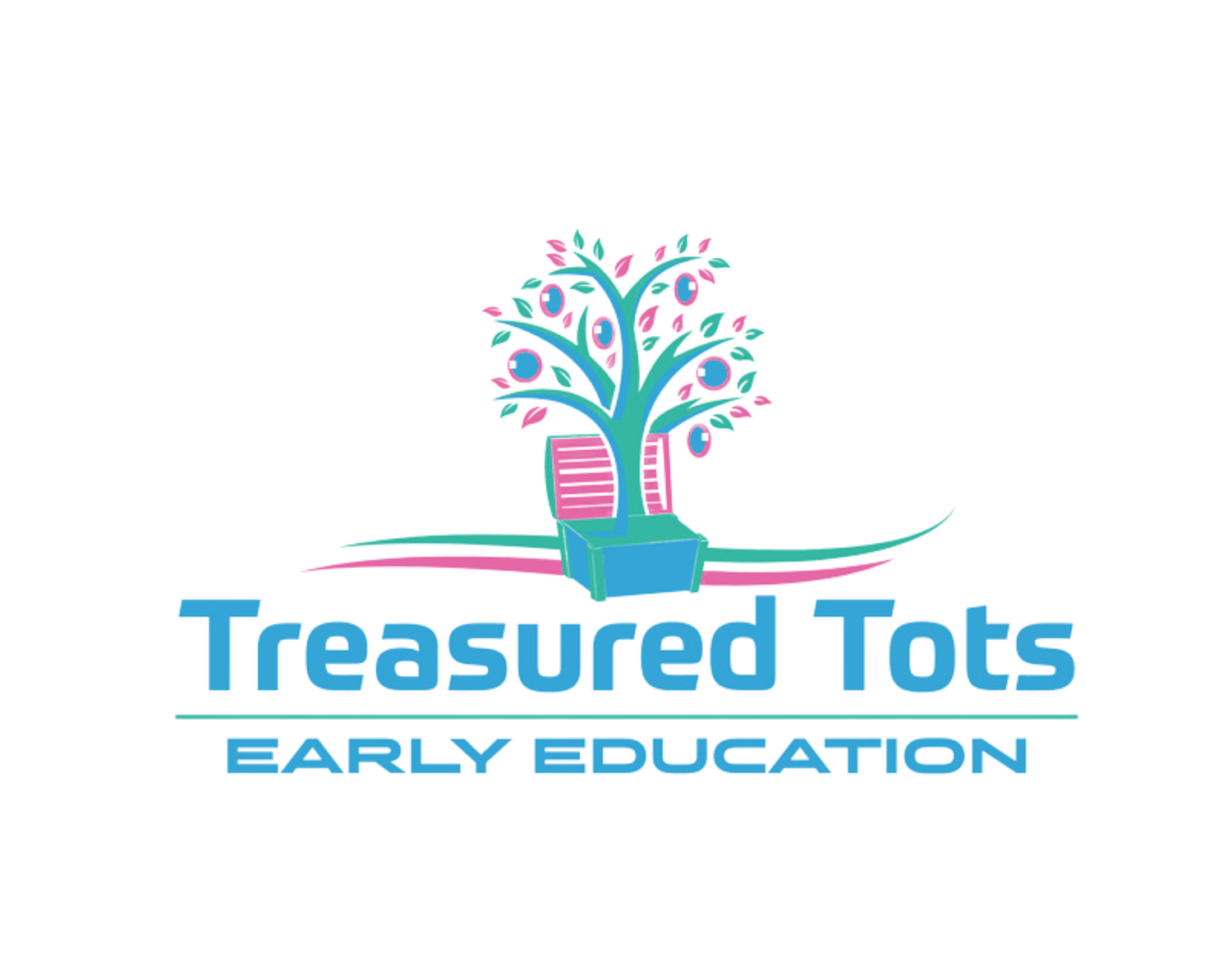A guide to the environment as the ‘third teacher’
Are you curious about why the environment is called the ‘third teacher’? This concept rose in popularity through the global growth and influence of the Reggio Emilia educational philosophy. The founder, Loris Malaguzzi, said there are three teachers of children—adults, other children and their physical environment.
How does the environment ‘teach’ children?
The Reggio Emilia approach suggests that children direct their own learning. It is a child’s own creativity and natural desire to explore the world that leads them on a path of discovery—not a set curriculum or fixed-outcome tasks.
The environment plays a foundational role in the process of making learning meaningful. When a teaching space is set up optimally, it facilitates and empowers children as they navigate this open-ended exploration of things that interest them. Children are seen as partners and collaborators in their own education and the environment stimulates, provokes and facilitates this learning.
What is required for an environment to be the ‘third teacher’?
A dynamic environment is key to this approach, with teaching spaces and resources changed regularly in response to the evolving needs and desires of children.
The aesthetic of the environment also plays an important role. Natural light is encouraged with calm, beautiful and uncluttered spaces providing a canvas for children to play, investigate and explore in. Mindful care should be taken to select materials, furniture and resources that are in harmony with one another. When the environment is the ‘third teacher’, it provides a captivating and ever-evolving yet orderly environment which is conducive to learning.
The resources in the environment should be open-ended so that the focus is on the process (which can take the children in many different directions), rather than being outcome-orientated. Materials and resources should be authentic with as many loose parts as possible drawn from the natural world.
Most importantly, the environment should encourage communication and make the children feel welcomed, loved, safe and supported.
What do children learn from the environment?
Whether children are sitting at a tinkering table developing their fine motor skills, strengthening their bodies by clambering over obstacles in the playground, hypothesising about why ants follow one another in a line or experimenting with water and food colouring, their environment is providing them with opportunities to be active participants in their own learning.
The environment—both indoors and outdoors—enables children to develop a range of physical, cognitive, language, literacy, emotional and social skills. They learn how to interact with others in a responsible, healthy way. They learn to solve problems through their own critical thinking, creativity and collaboration. They challenge their minds and their bodies. They become more independent and self-confident as they are empowered to choose the materials they want to play with and follow their own path of hands-on discovery.
The environment aims to inspire a sense of wonder and awe about the world and children should be supported as active contributors. One way to do this is by encouraging the children to bring in materials or objects they have found at home or in nature that represent their interests and cultures. They should be encouraged to continue their investigations in pursuit of their own interests.
The right environment benefits children, educators and families
In Reggio-inspired environments, the focus is on holistic involvement in children’s learning and growth. Displaying documentation is a key feature and it can help provoke further investigations, discussion and learning. The sharing of this documentation with children’s parents and caregivers is a key aspect in supporting development and creating shared experiences.
A last word on the environment as the ‘third teacher’
In the Reggio Emilia philosophy, the environment is seen as enabling children to explore their own interests and learn from their experiences. Teaching spaces are curated to be aesthetically pleasing without being contrived. They are welcoming spaces that spark joy and a love of learning, and where children are encouraged to collaborate, communicate, create, experiment and explore.

